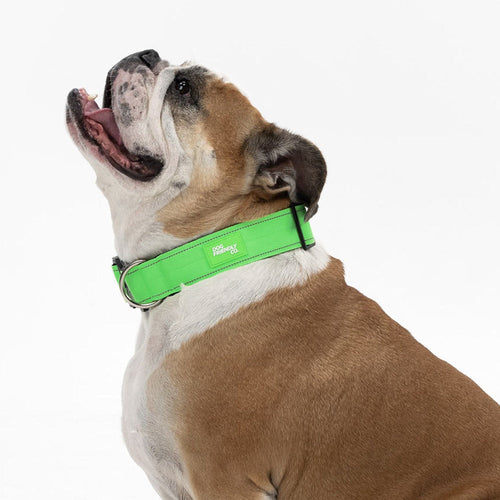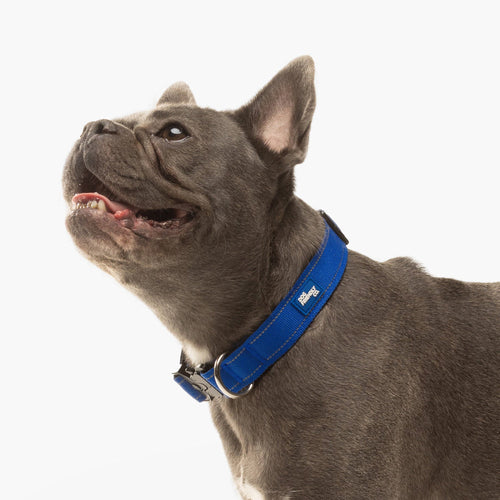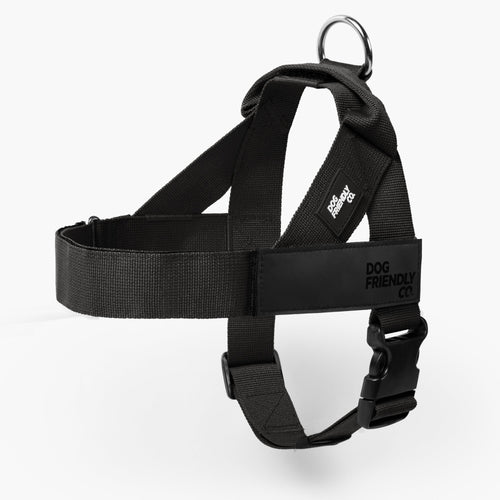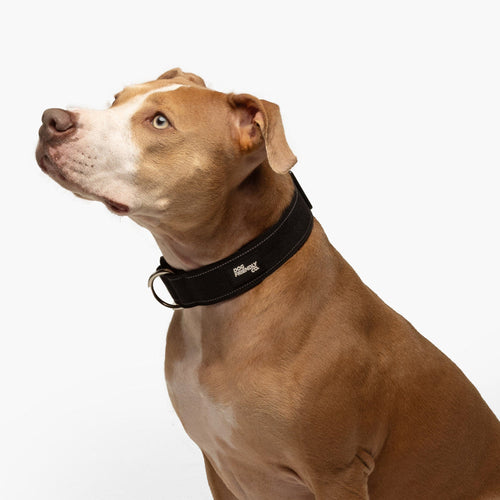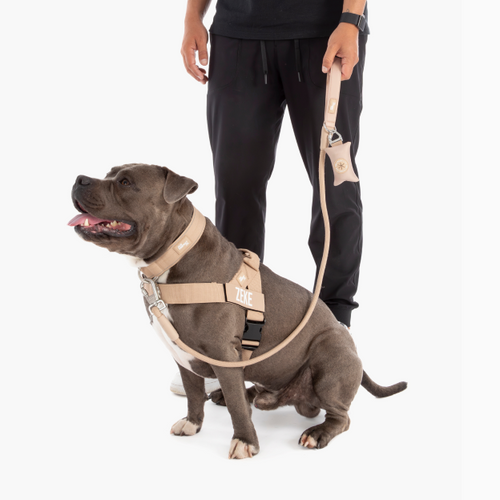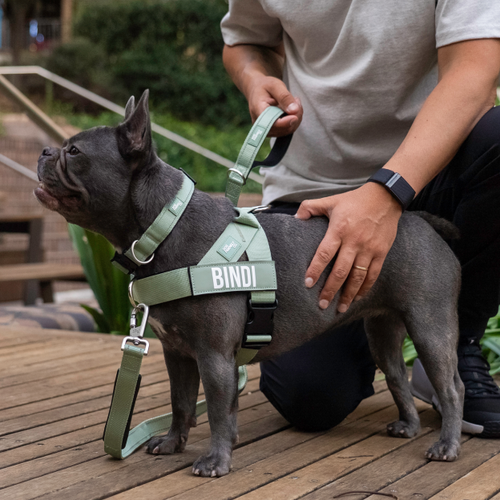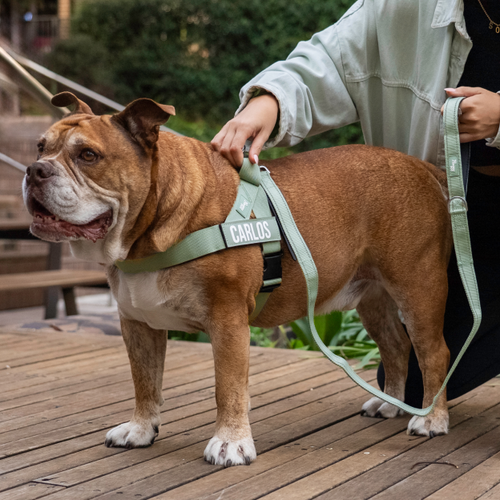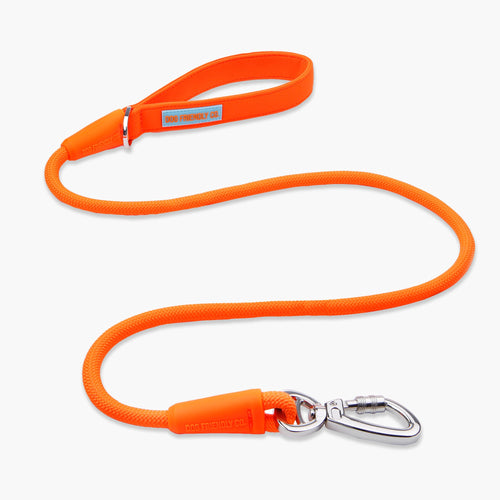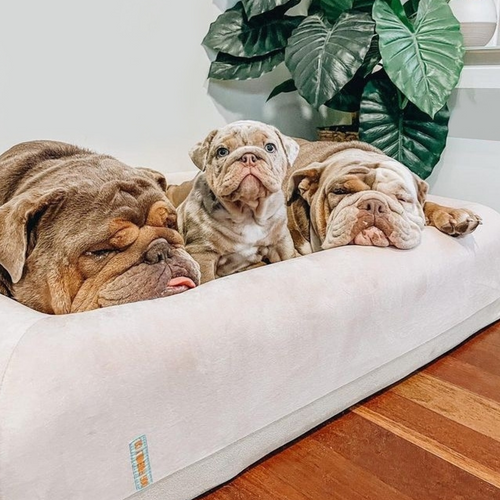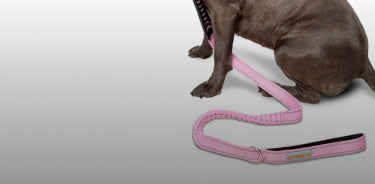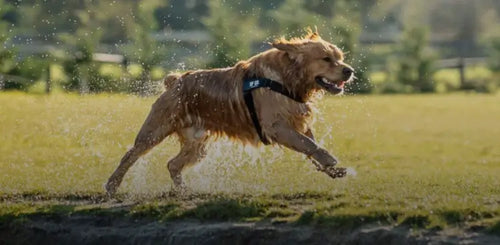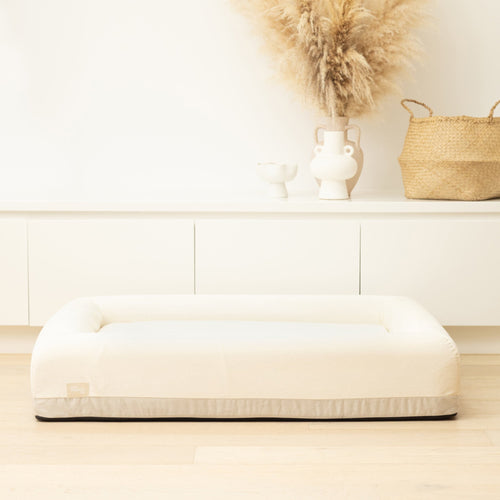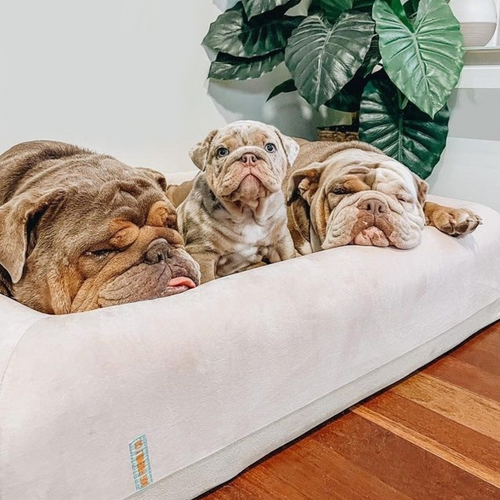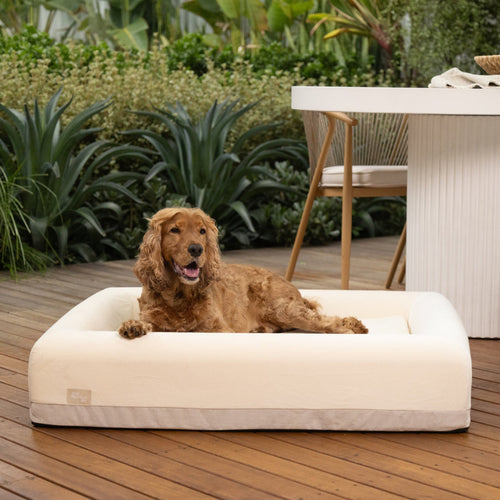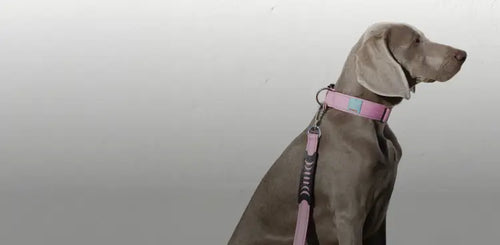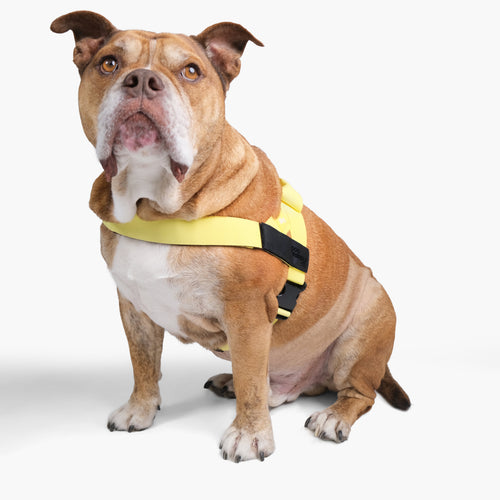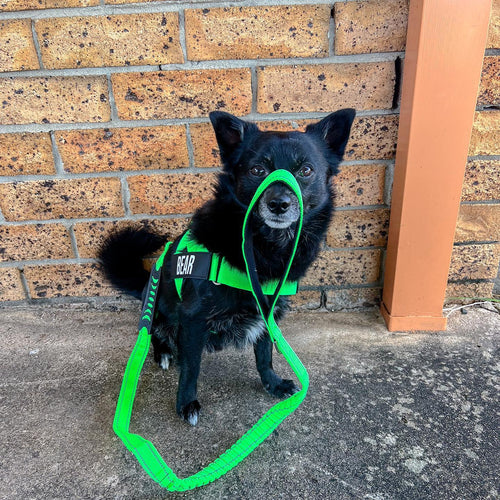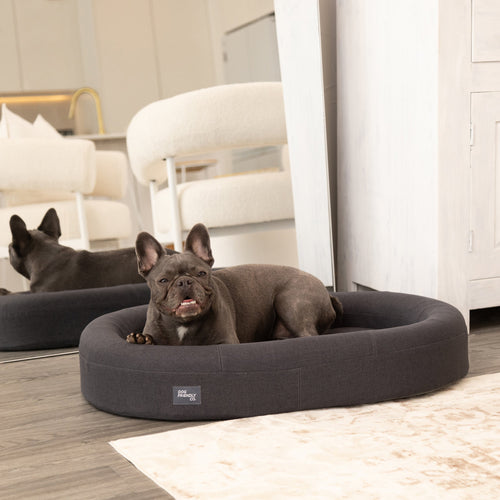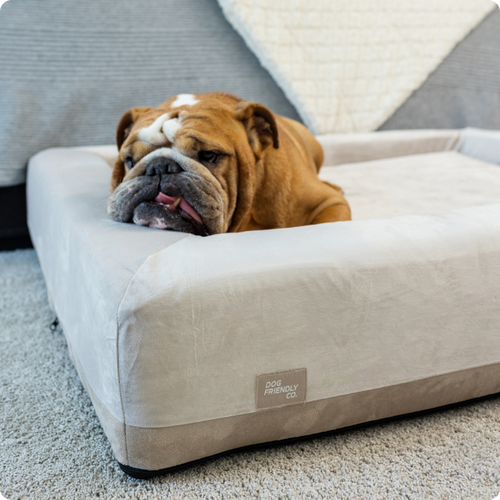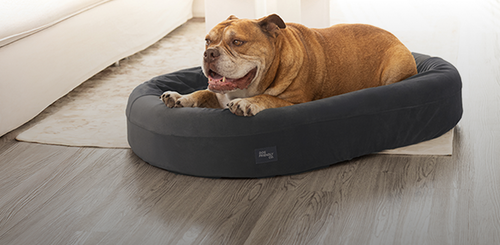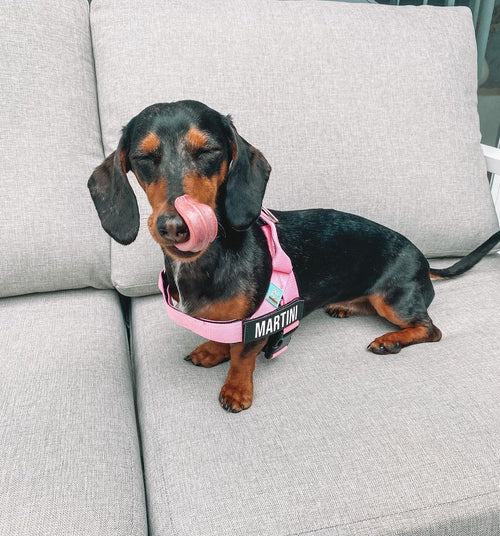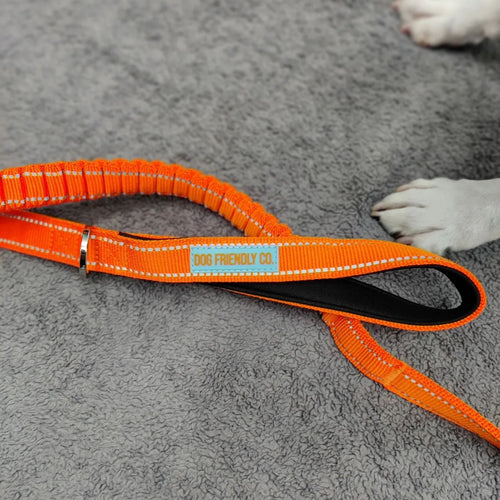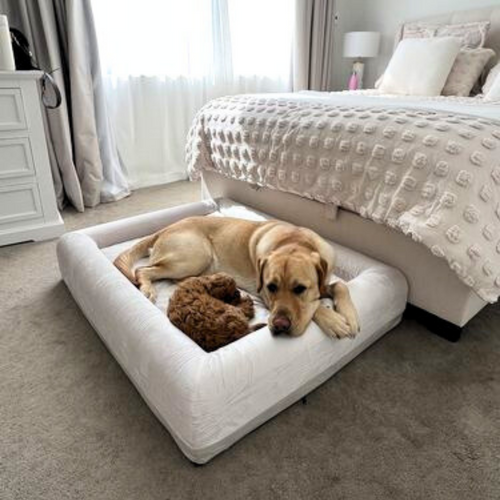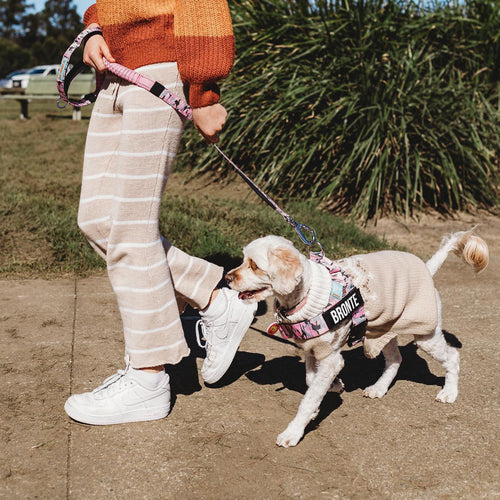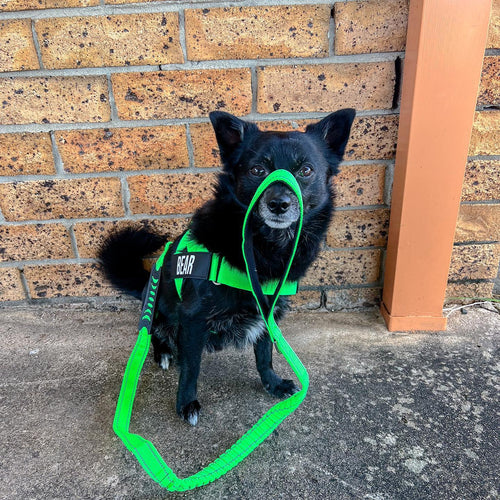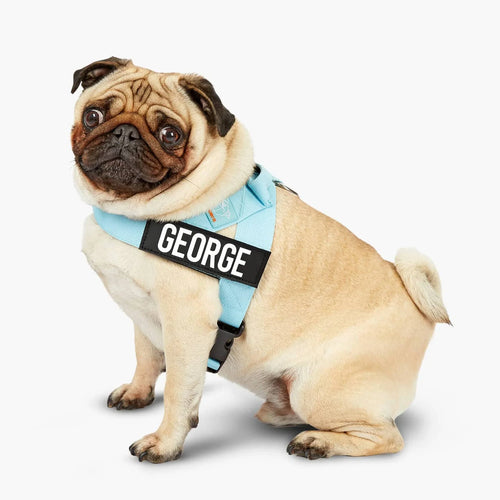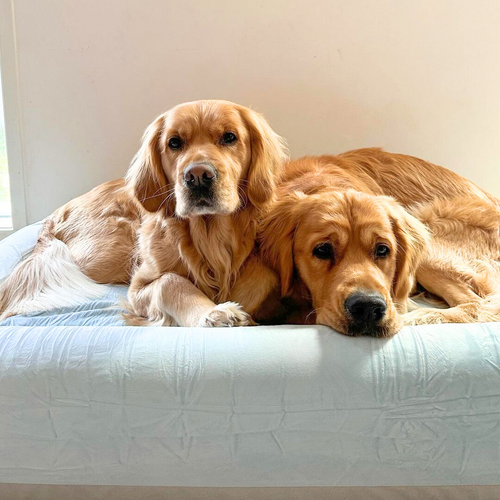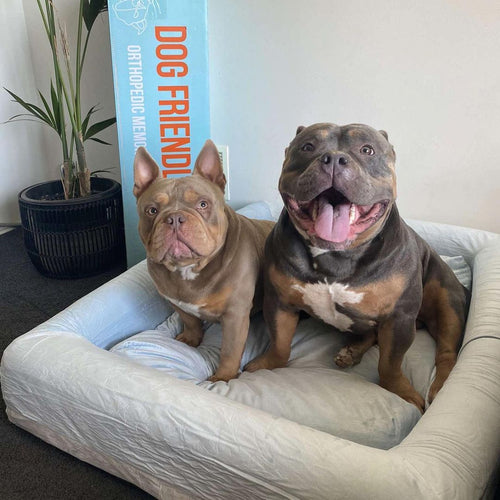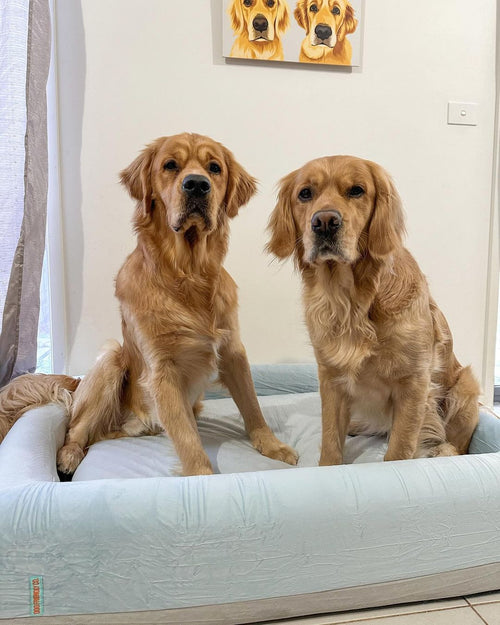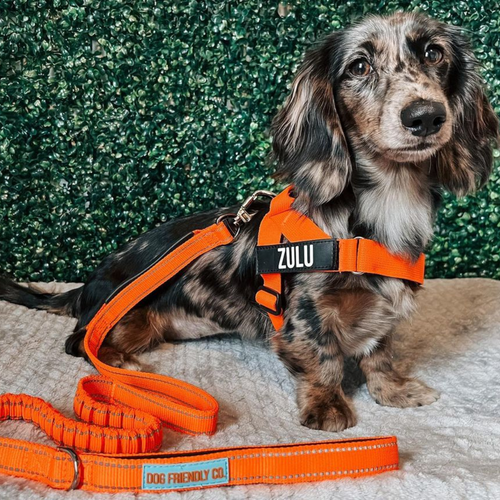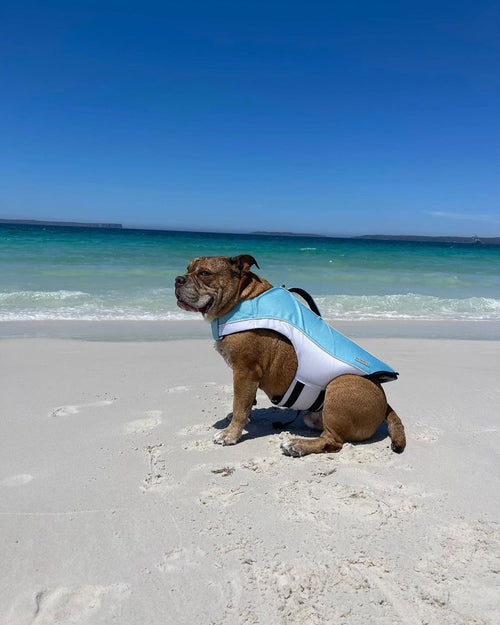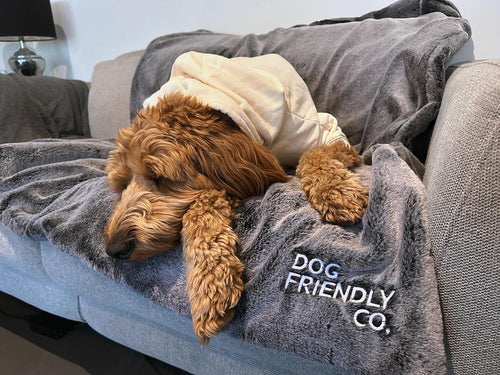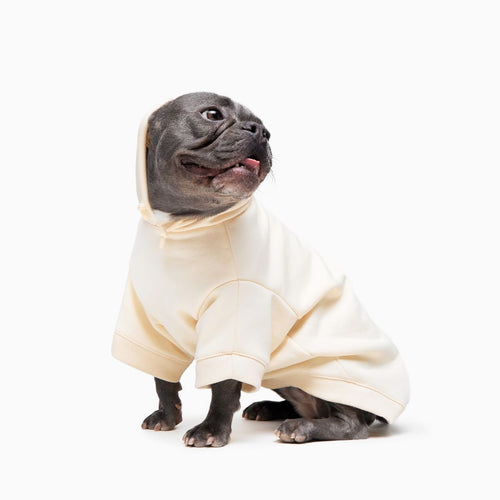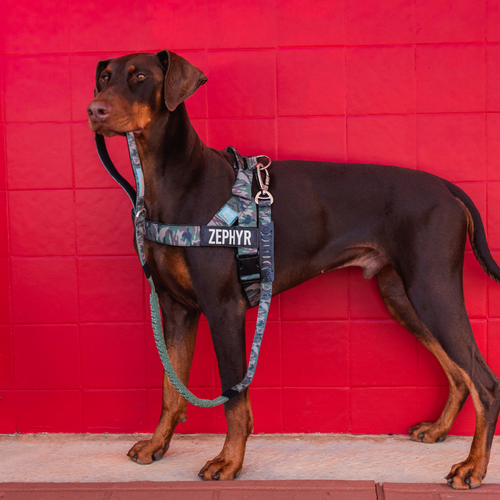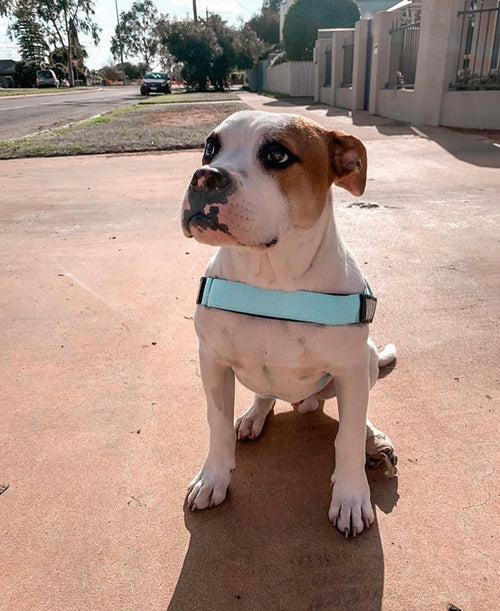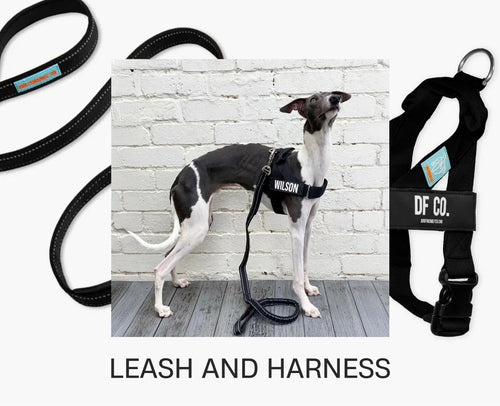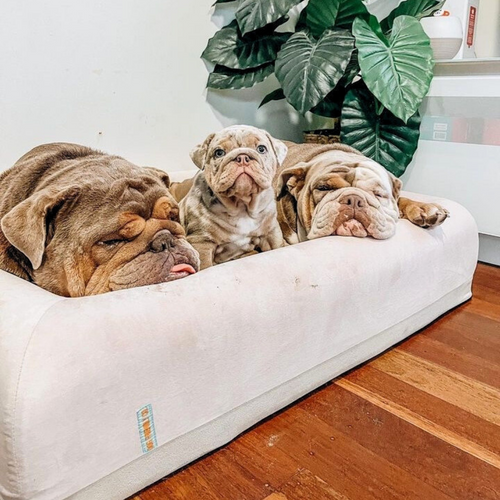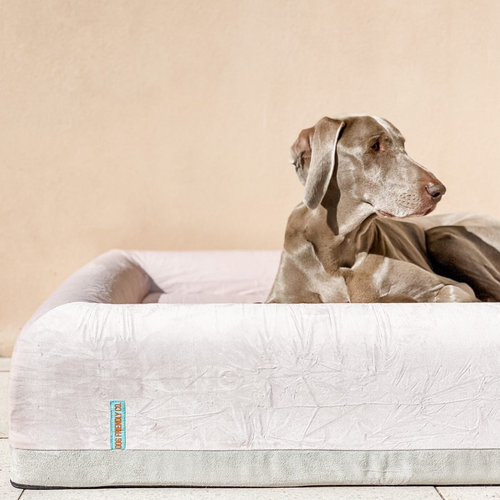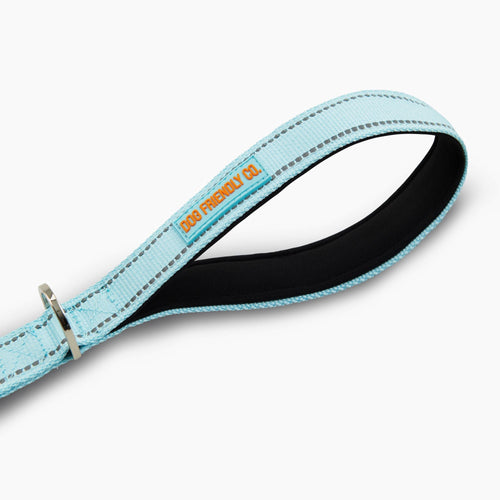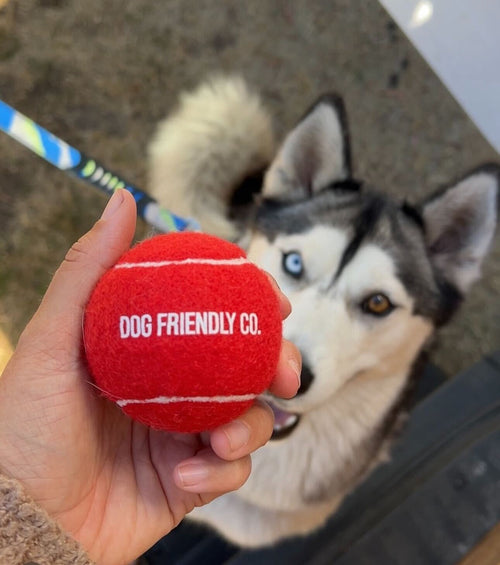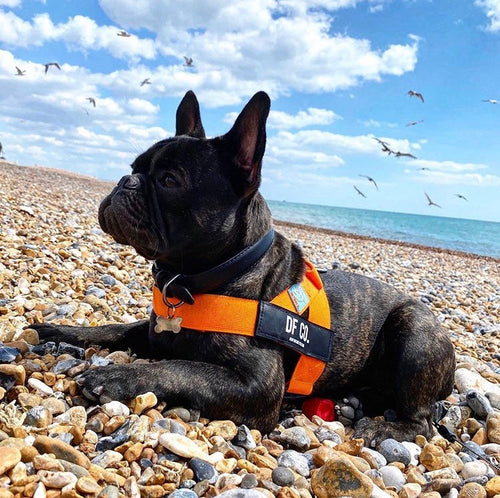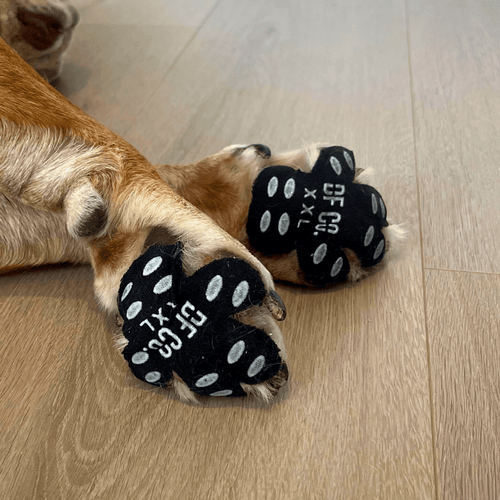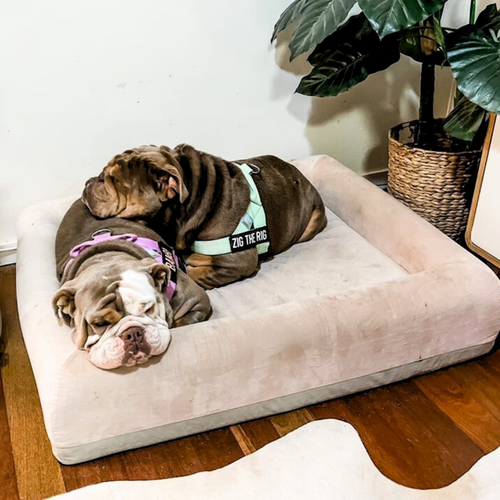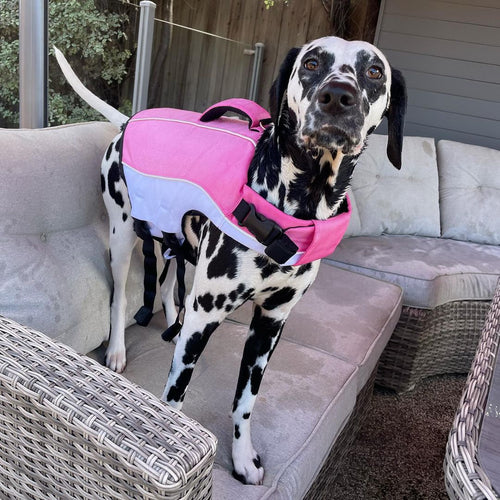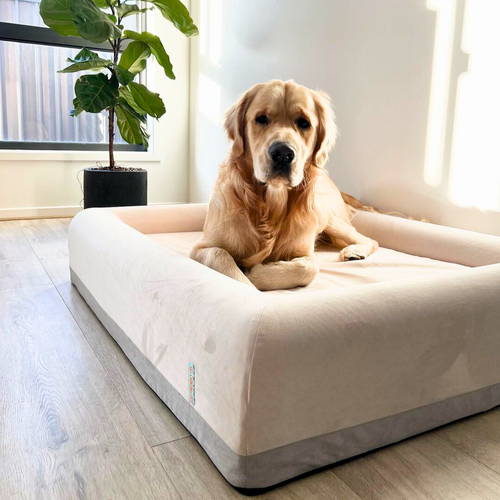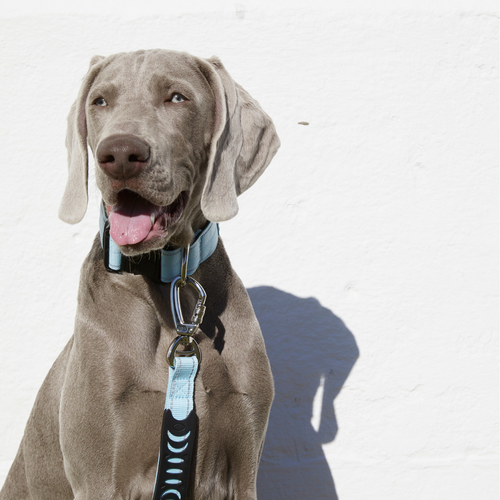Making sure your pooch is safe and securely in their harness is key before you set off on a walk. If you don’t make sure your dog’s harness is on properly, it can lead to a whole range of different problems. From your dog escaping, to chafing and restricting movement, learning how to put on a dog harness properly is an essential skill all dog owners need to pick up. Luckily for you, we’ve got a few top tips on how to put on a dog harness so you and your pet can get up and out of the door for walkies in no time.

Putting on a dog harness: a step by step guide
Each time you put on your dog’s harness, follow the simple steps below to make sure it’s on safely and correctly before you set off on a walk.
1. Make sure your dog is calm and still. It doesn’t matter whether this is standing or sitting, but you need to make sure your dog is still so you can fit his/her harness with ease.
2. Find a position that works for you. Be it standing, sitting or squatting behind your dog, you’ll need to be behind him or her to have full control over the process. Depending on the size of your pooch, you’ll find the style that works for you. Often standing works better for larger dogs, whereas little dogs tend to be easier to get their harnesses on – if you can get them to keep still.
3. Place over your dog’s head- Unlike step-in harnesses which often cause complications and can be anxiety causing for dogs, the Dog Friendly Co. harness simply slips over your dog’s head and is ready to be buckled.
4. Try to fasten the buckle. Once you fasten the buckle you’ll be able to work out whether or not your dog’s harness fits them okay or not. If it won’t quite fasten then it’s too tight and you’ll need to adjust the straps – likewise if it’s too loose they’ll be able to slip out so you’ll need to make sure it’s on just right.
5. Test it out. The golden rule of whether a harness fits correctly or not is to check whether you can slide two fingers under the strap comfortably. Also try to pull the harness over your pet’s head – if you can get it off then it will need to be tightened up more securely for safety.
Starting out with a puppy harness
Introducing a dog harness to a puppy can be tricky, but like anything with pups hard work and perseverance pays off. All you need to do is be patient and they’ll soon get used to wearing their new harness. It’s a great time to introduce a dog to wearing a harness while they are still young as it often means they’ll grow up accepting it and wearing it will become part of their routine, which can sometimes be a problem with older dogs if you try and introduce a dog harness later in life. There are a few things you can do to help them get used to the harness first.
1. Lay it on the floor so they can get used to smelling it and have a good sniff. This will help to give them some ownership over the harness and grow to be familiar with it.
2. Reward them with a treat for being interested in the harness and let them know through praise and petting that they’re a good boy/girl. This helps to bring a positive feeling around the harness and means they should resist it less as they become more familiar with it.
3. Practice taking the harness on and off. The more times you try the harness on and let your pup get comfortable with it the more likely they’ll be to enjoy wearing it and get used to having it on. This means when it comes to wearing it for walkies it should be easy to get them out of the house and they’ll enjoy their walk in complete comfort.
4. Reward your pooch with treats for wearing the harness well and give them praise on walks.
Dog harness checklist
Before you set off on a walk it’s important to do a final check to make sure your pooch is able to move freely and comfortably on your walk. The key things to look out for are:
• Chaffing or constricting – you’ll notice red patches under the legs if your harness is too tight so keep an eye out for these. If your harness isn’t adjustable across both the front chest and body, take a look at the dog harnesses available at the Dog Friendly Co which offer dual adjustment points and added comfort thanks to chafe-free webbing
• Restricted movement – as your dog gets older, they’ll get bigger and their harness will need adjusting as they grow. Be sure to check they can still move freely each time you go out on a walk.
When out on a walk if you notice your dog is walking a little more slowly than usual or trying to scratch at the harness, it can mean that it’s not on properly. Simply adjust the straps to loosen or tighten the harness until you get it right. If you’re struggling to get your dog to take to his or her new dog harness, follow our top tips. The more familiar your dog gets with the harness the easier it will get and the more fun your walkies together will be.

















